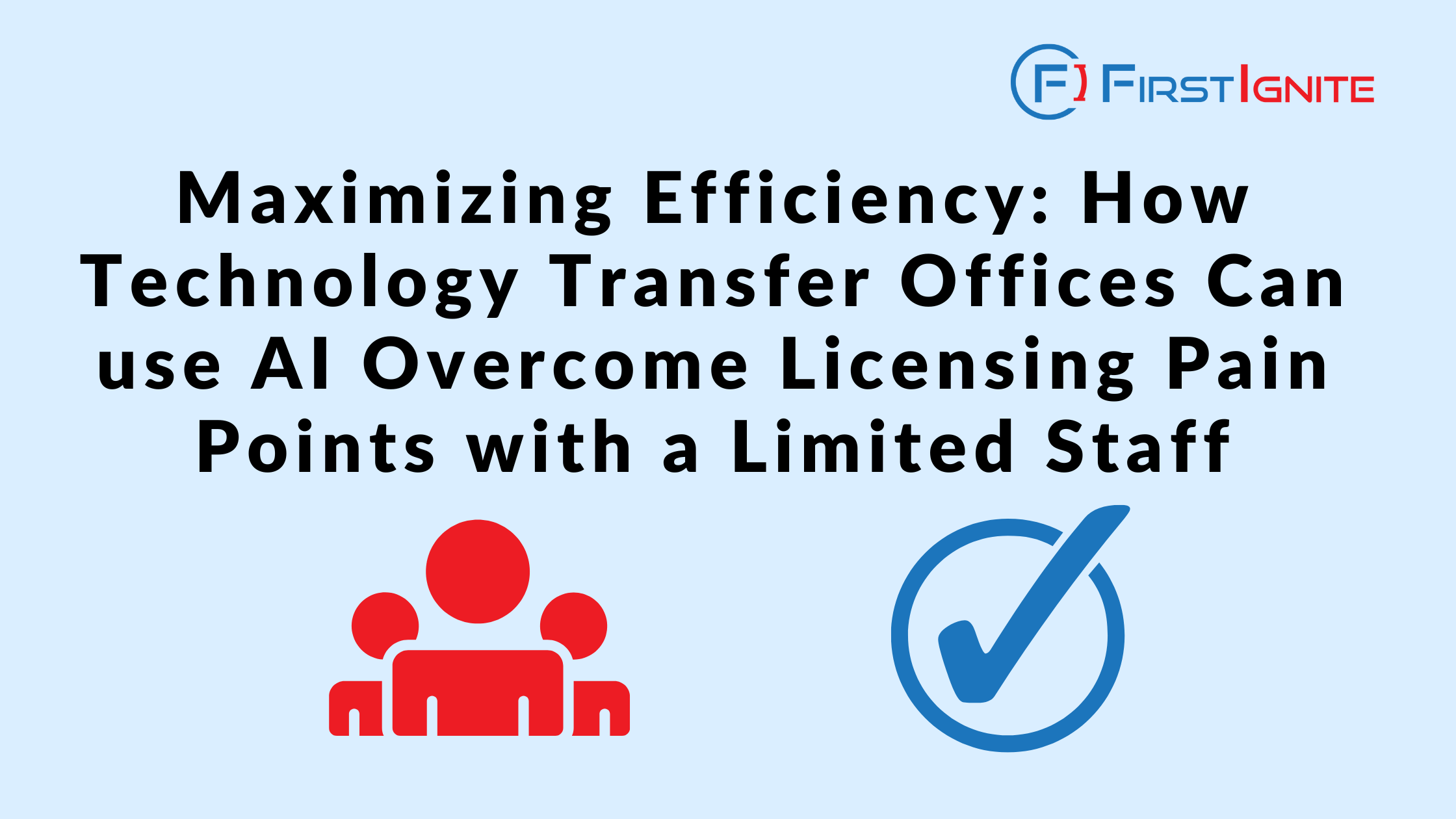
As someone who has worked in technology transfer offices (TTOs) for several years, I understand the challenges that come with managing licensing pain points with a limited staff. TTOs are responsible for managing intellectual property (IP) assets and commercializing them through licensing agreements. However, when there are only a few team members, it can be difficult to manage licensing agreements effectively. In this article, I will discuss the challenges faced by TTOs with limited staff and provide strategies for overcoming licensing pain points.
Introduction to Technology Transfer Offices
TTOs are responsible for managing the commercialization of IP assets generated by universities, research institutions, and private companies. The goal of a TTO is to facilitate the transfer of these assets to the marketplace through licensing agreements. TTOs play an important role in bridging the gap between research and commercialization.
However, managing IP assets and negotiating licensing agreements can be a complex process. TTOs have to navigate legal and regulatory frameworks, manage relationships with inventors, and identify potential licensing partners. This complexity is only compounded when there are limited staff members available to manage these tasks.
Challenges faced by Technology Transfer Offices with Limited Staff
When there are only a few team members available to manage a TTO, it can be difficult to manage the workload effectively. The following are some of the challenges that TTOs with limited staff face:
Backlog of non-confidential summaries
Non-confidential summaries (NCSs) are used to promote IP assets to potential licensing partners. They are a critical tool for TTOs to generate interest in their IP assets. However, when there are few team members available to manage the NCSs, a backlog can quickly form. This can lead to delays in promoting IP assets to potential partners, which can ultimately impact the commercialization of those assets.
Need to identify new licensing partners
Identifying potential licensing partners is a critical task for TTOs. However, when there are only a few team members available to manage this task, it can be difficult to identify new partners effectively. This can limit the pool of potential partners available to the TTO, which can ultimately impact the commercialization of their IP assets.
Importance of overcoming licensing pain points
Overcoming licensing pain points is critical for TTOs with limited staff. Licensing agreements are the primary means by which TTOs generate revenue and support their operations. When licensing pain points are not effectively managed, it can lead to delays in generating revenue and impact the overall success of the TTO.
Strategies to overcome licensing pain points with a limited staff
There are several strategies utilizing AI that TTOs with limited staff can use to overcome licensing pain points. These include:
Streamlining the process of non-confidential summaries
One way to overcome the backlog of NCSs is to streamline the process. This can be done by creating templates for NCSs and using software to automate the process. By streamlining the process, TTOs can ensure that NCSs are generated quickly and efficiently, which can help to promote their IP assets to potential licensing partners.
Identifying new licensing partners with limited staff
To overcome the challenge of identifying new licensing partners, TTOs can use AI software to search for potential partners. This can help to expand the pool of potential partners available to the TTO and ensure that they are able to identify partners that are a good fit for their IP assets.
Technology tools to aid in the process
There are several technology tools that TTOs can use to aid in the licensing process. For example, software can be used to automate the management of licensing agreements, which can help to reduce the workload on TTO staff members. Additionally, software can be used to track the progress of licensing agreements and provide analytics on their success.
The role of outsourcing in overcoming licensing pain points
Outsourcing can be an effective way for TTOs to overcome licensing pain points. By outsourcing certain tasks, such as the management of NCSs or the identification of potential licensing partners, TTOs can free up valuable staff time and ensure that these tasks are managed effectively.
Case studies of successful Technology Transfer Offices with limited staff
There are several examples of TTOs with limited staff that have successfully managed licensing pain points. For example, the University of New Hampshire TTO has implemented a streamlined process for managing NCSs, which has helped to reduce the backlog of NCSs and promote their IP assets more effectively. Additionally, the University of Utah TTO has used software to automate the management of licensing agreements, which has helped to reduce the workload on staff members.
Conclusion
Managing licensing pain points with a limited staff can be a challenge for TTOs. However, by implementing strategies such as streamlining the process of NCSs, identifying new licensing partners, using technology tools, and outsourcing certain tasks, TTOs can overcome these challenges and ensure that they are able to effectively manage their IP assets. By doing so, TTOs can generate revenue and support their operations, while also promoting the transfer of innovative technologies to the marketplace.
CTA:
Are you struggling to manage licensing pain points with a limited staff? Contact us to learn how we can help you overcome these challenges and support your technology transfer operations.




